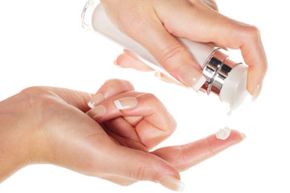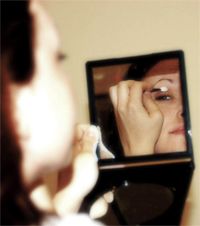You've probably been advised to moisturize your skin -- by friends, family, your dermatologist or the many advertisements for skin care products -- but you may be wondering why moisturizers are so important. The basic function of moisturizers is to help treat your skin when it's dry and prevent it from drying out again. Moisturizers do this by holding water in the stratum corneum, the outermost layer of the skin [source: Mayo Clinic]. But they have other functions as well. They can help protect your skin from the environment -- applying moisturizer creates a barrier on your skin that keeps oils from escaping and harmful outside elements from causing dryness or irritation [source: Mann].
There are numerous moisturizers on the market that are formulated to treat many different skin types, including normal, dry, oily and sensitive skin. People with normal skin need a light moisturizer that contains natural oils, whereas people with dry skin may require heavier lotions with humectants to lock in moisture. For those with oily skin, there are oil-free, noncomedogenic moisturizers, which won't clog pores. And people with sensitive skin should look for moisturizers that are fragrance-free and contain few ingredients [source: Bruno]. However, avoid moisturizing your face with the lotion you use on your body -- this could cause skin irritation or breakouts. For example, the oil-based lotion you use on your knees and elbows could clog pores on delicate facial skin and cause acne.
Advertisement
Keep reading to learn about moisturizer ingredients and what they do for your skin.


